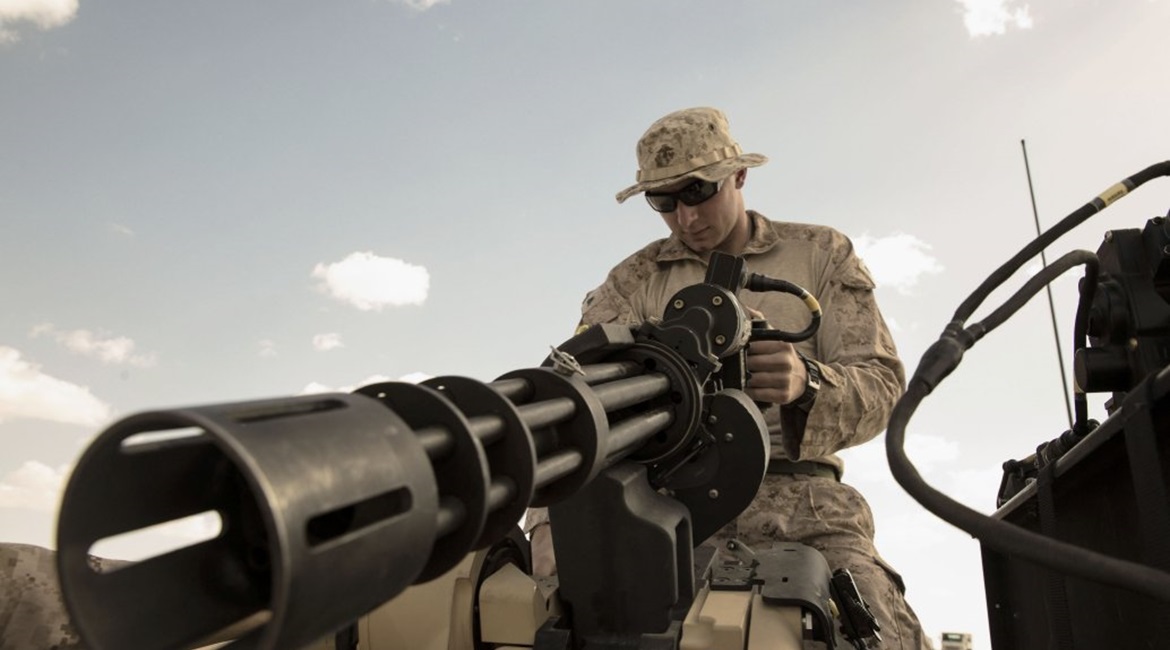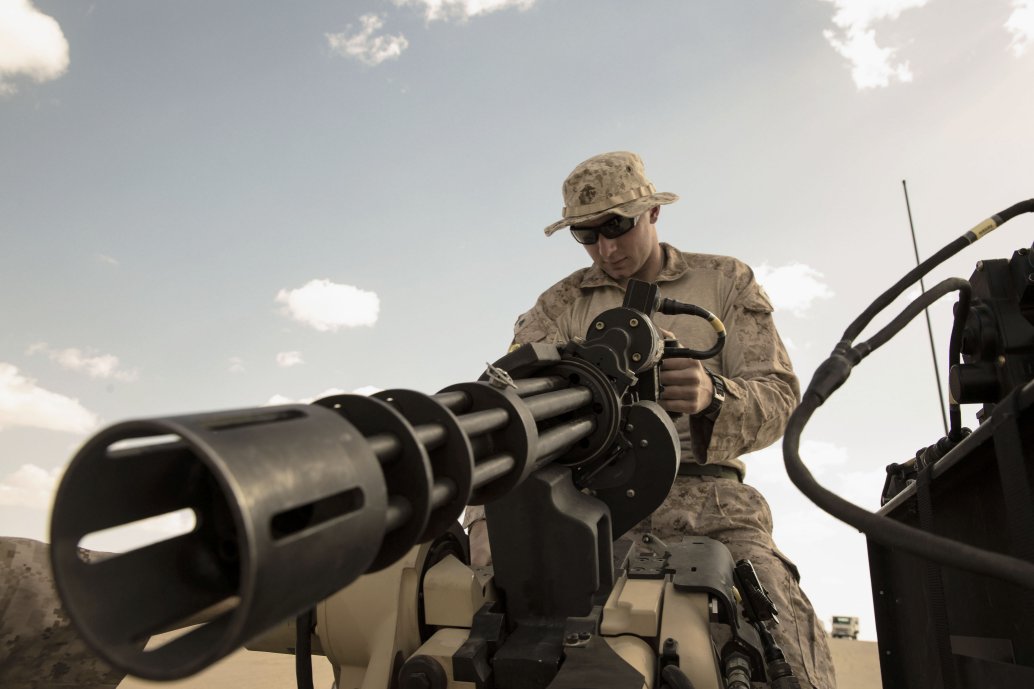
US Marine Corps (USMC) leaders are examining ways to modernise their Marine Air-Ground Task Forces (MAGTFs) and make them lethal in preparation for a large-scale violent conflict with militaries such as China’s.
Brigadier General Stephen Liszewski, the USMC’s director of operations, joined a panel discussion on the future of expeditionary forces on 8 May and discussed service plans to modernise the various MAGTF elements.
“[We] continue to fight with and employ Marine Air-Ground Task Forces. They’re scalable, they’re expeditionary and they can be tailored to the specific mission at hand,” the one-star general told the audience at the Navy League 2019 Sea-Air-Space exposition, held in National Harbor, Maryland, from 6 to 8 May. “Each of the elements inside of the MAGTF is going through a period of modernization right now, starting with the command element.”

USMC Corporal Ryan George, a low-altitude air defence gunner with 2nd Low Altitude Air Defense Battalion Counter-Unmanned Aerial Systems Detachment, attached to Special Purpose MAGTF Crisis Response-Central Command, conducts a functions check ensuring kinetic capabilities on the Marine Air Defense Integrated System Mine Resistant Ambush Protected Vehicle operate properly in southwest Asia in February 2019.The service is working to modernise its MAGTFs. (USMC)
When it comes to the command element, Brig Gen Liszewski said the primary question revolves around, “How do we fight in the information domain?”
For the ground combat piece of the equation, the service wants to introduce new capabilities into the existing formations that will help the service better support a sea-controlled campaign.
“We’re looking at options to pursue [for] obtaining an anti-ship missile capability that we could then integrate into our existing rocket artillery battalions, and thereby extend the maritime component commander’s ability to conduct anti-surface warfare,” he furthered.
Looking to read the full article?
Gain unlimited access to Janes news and more...






